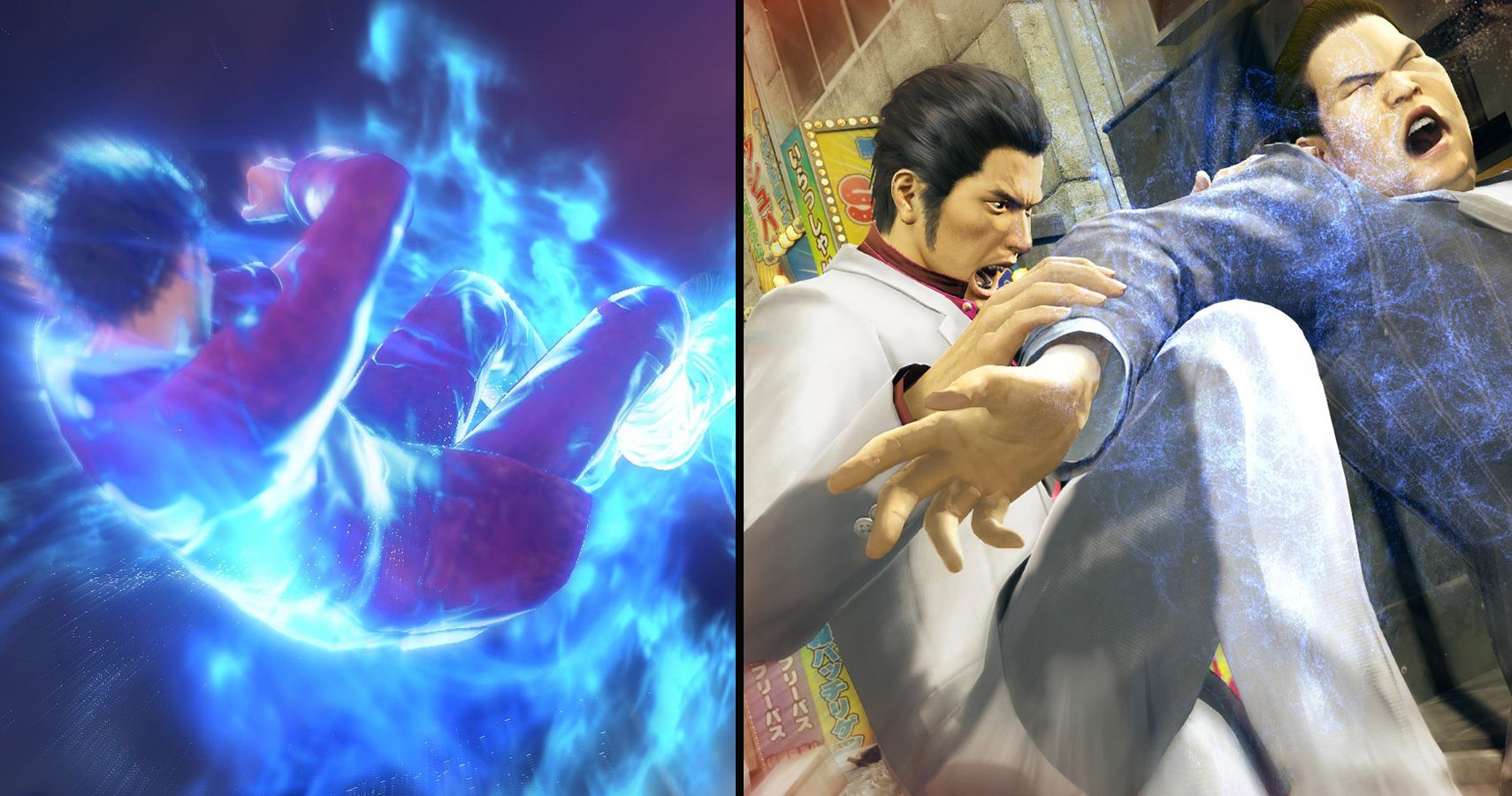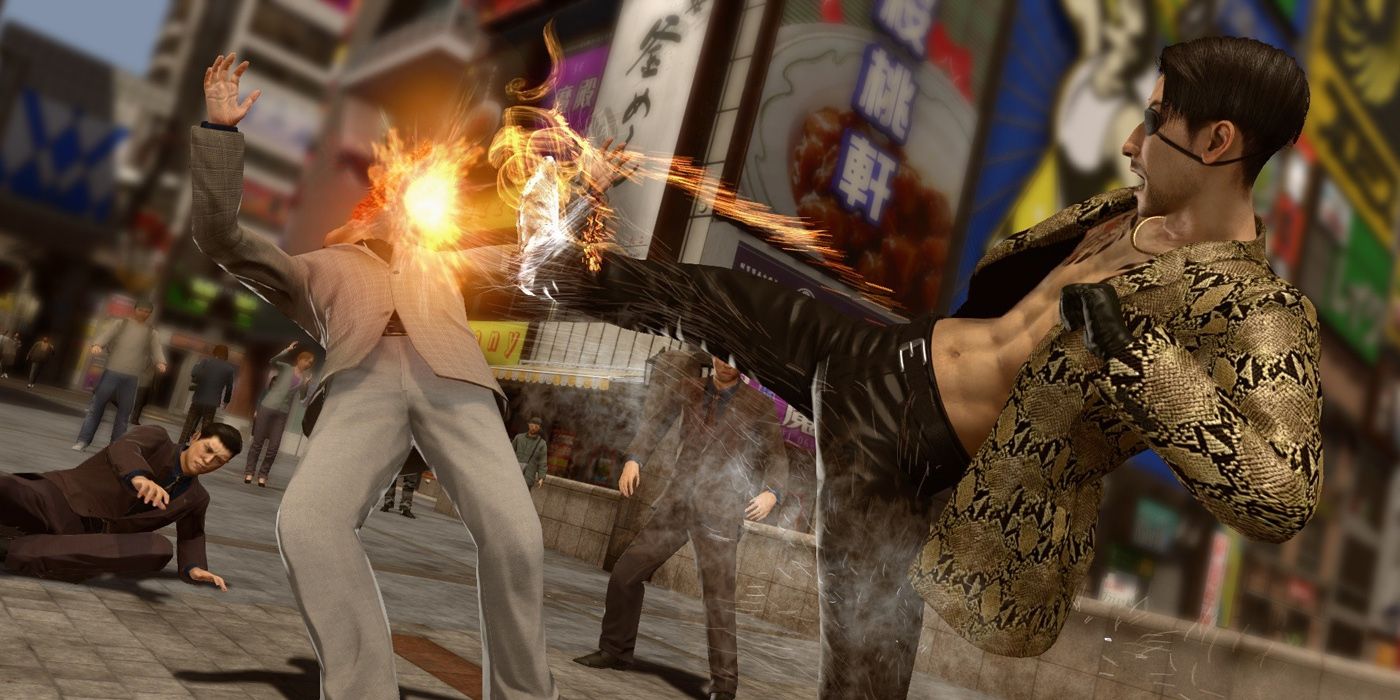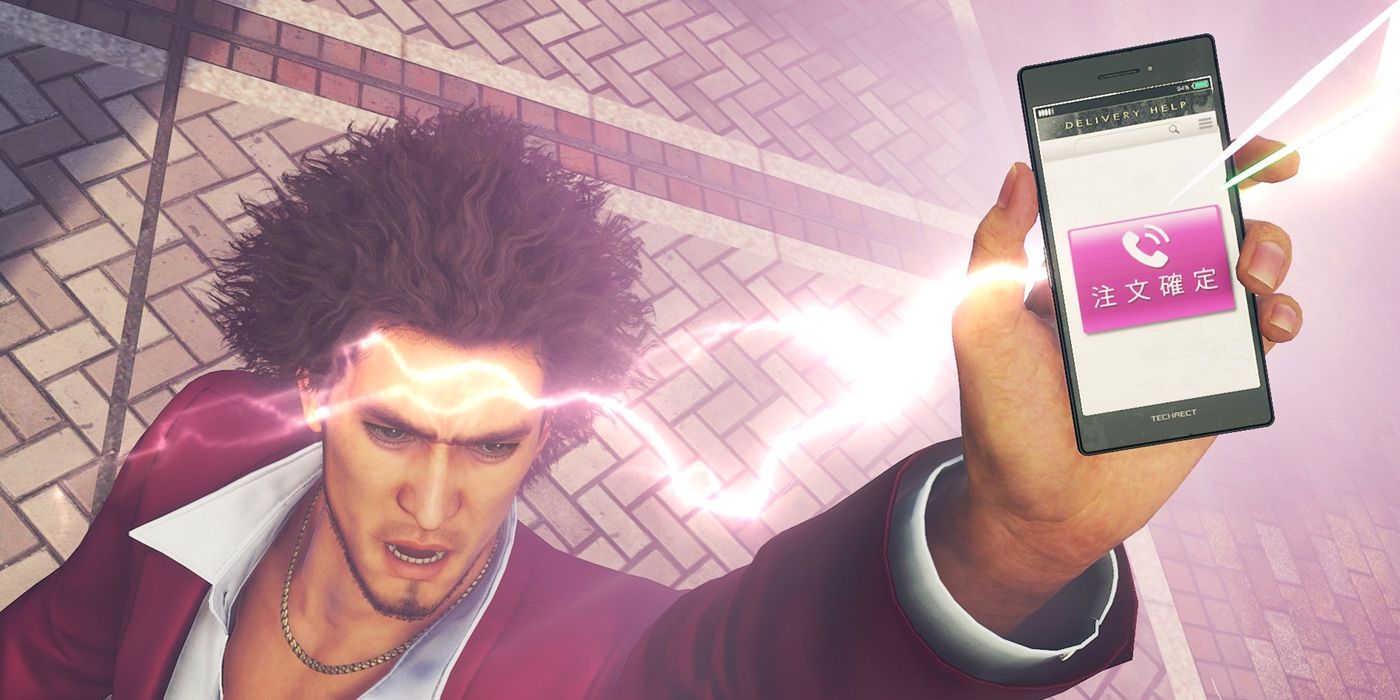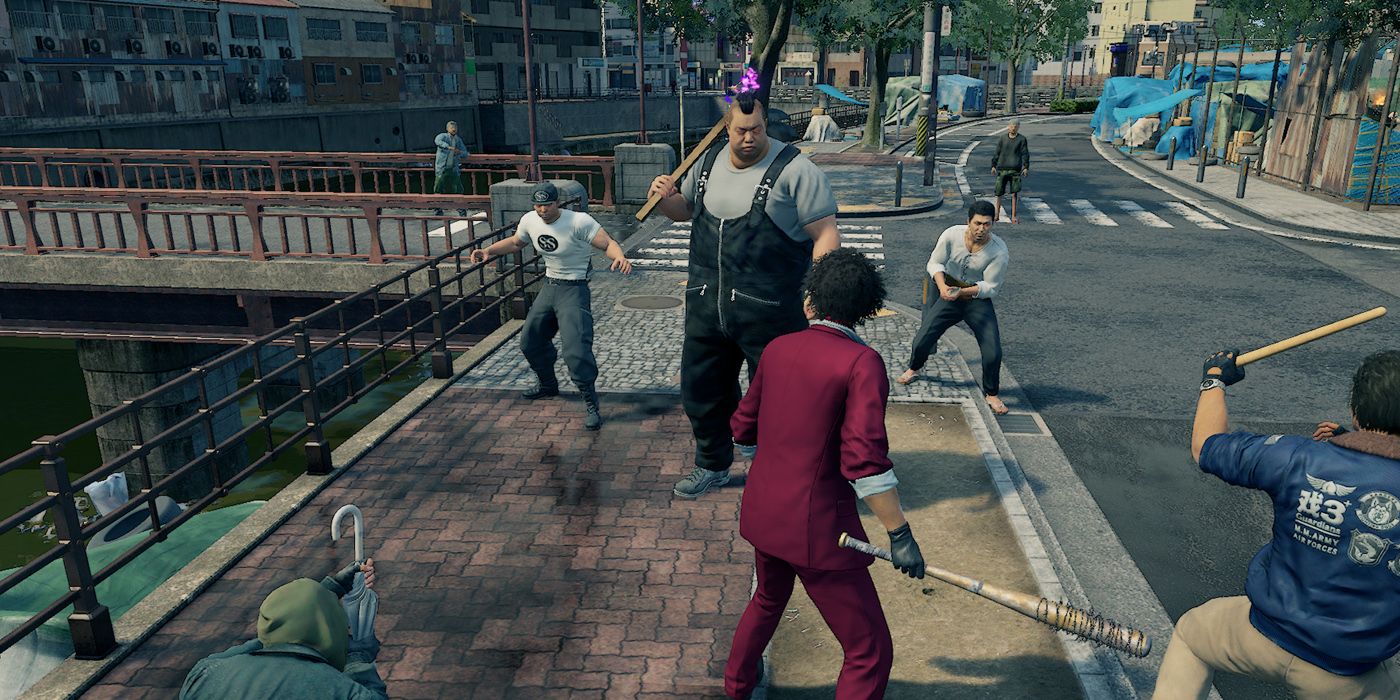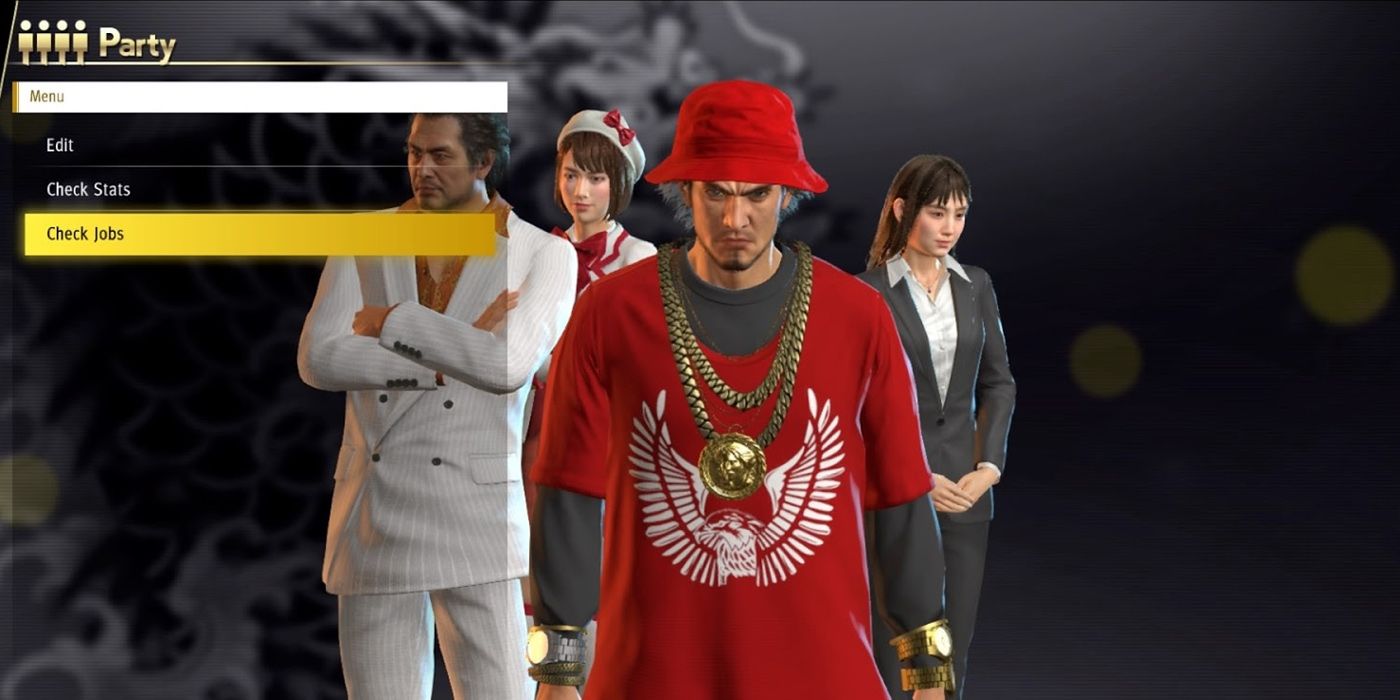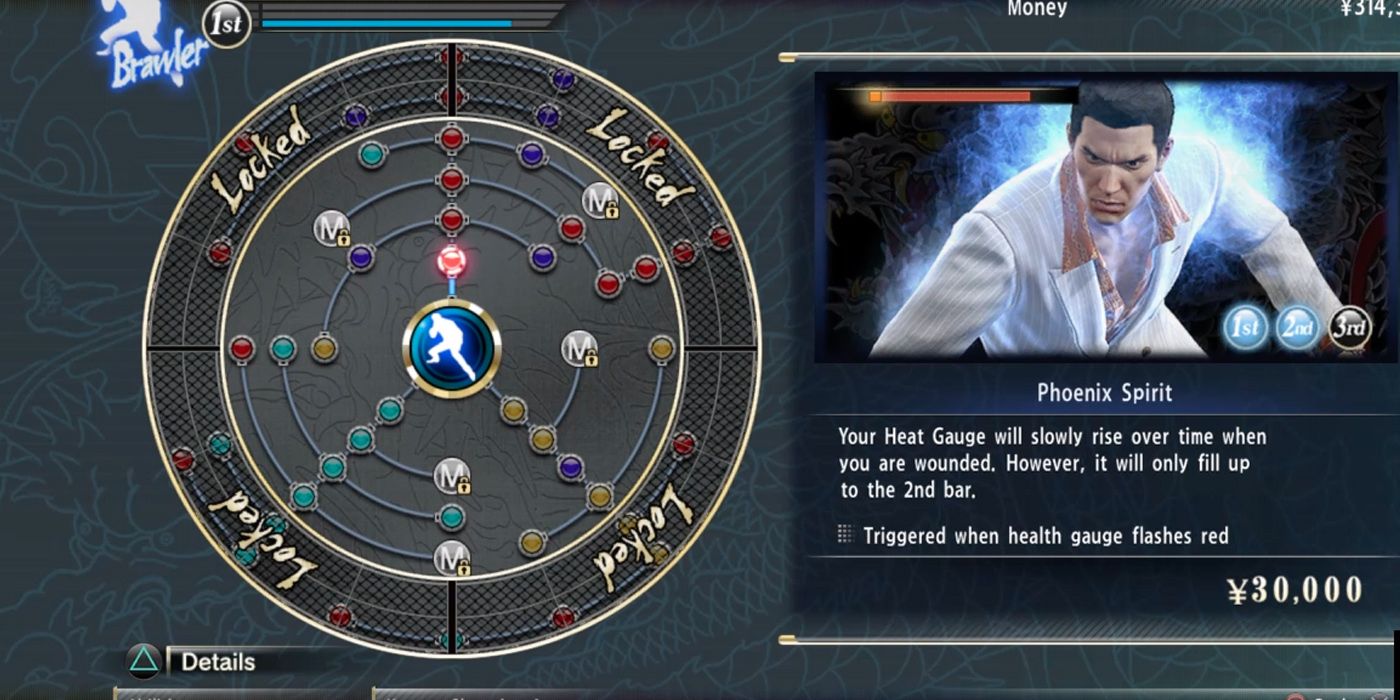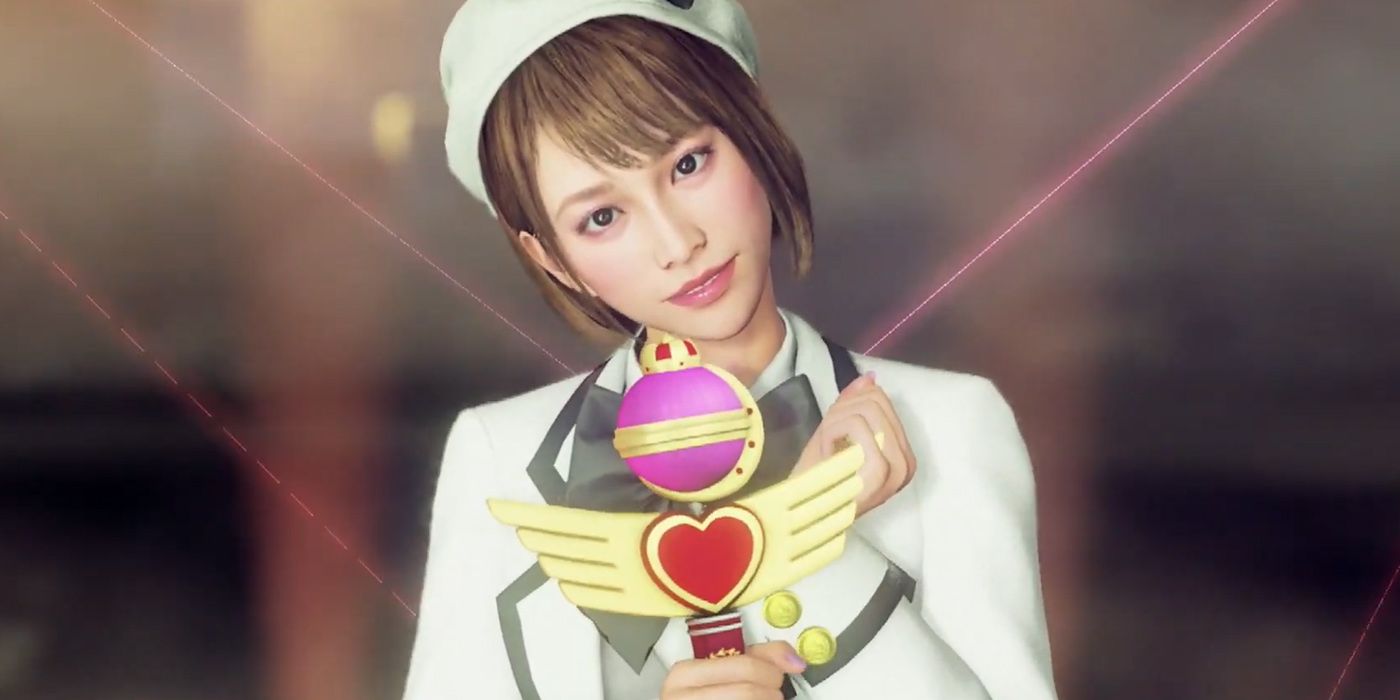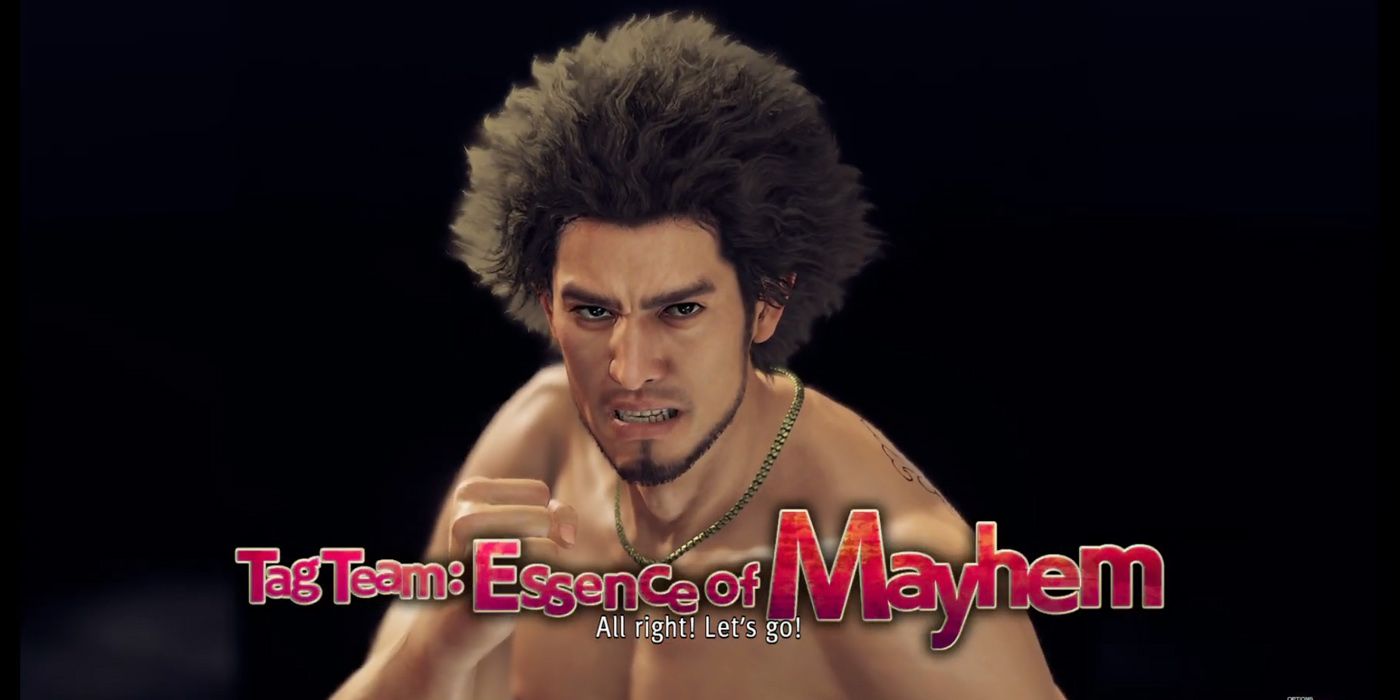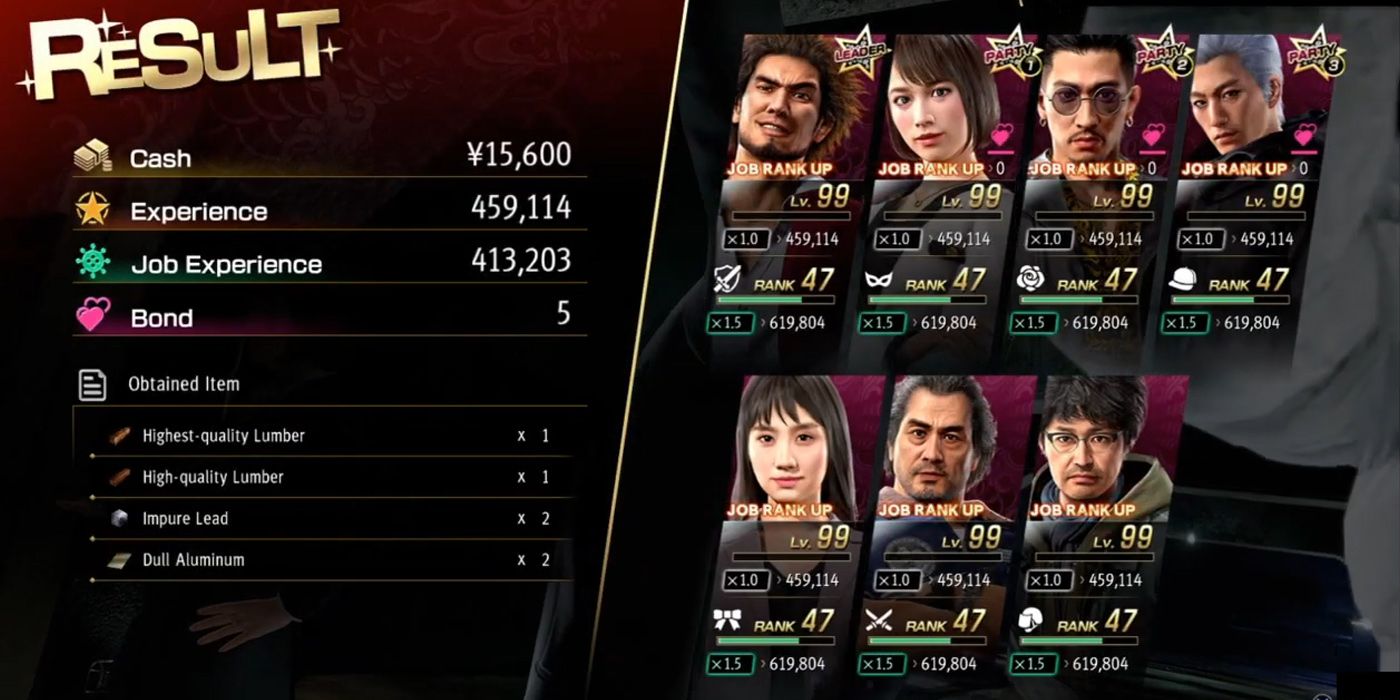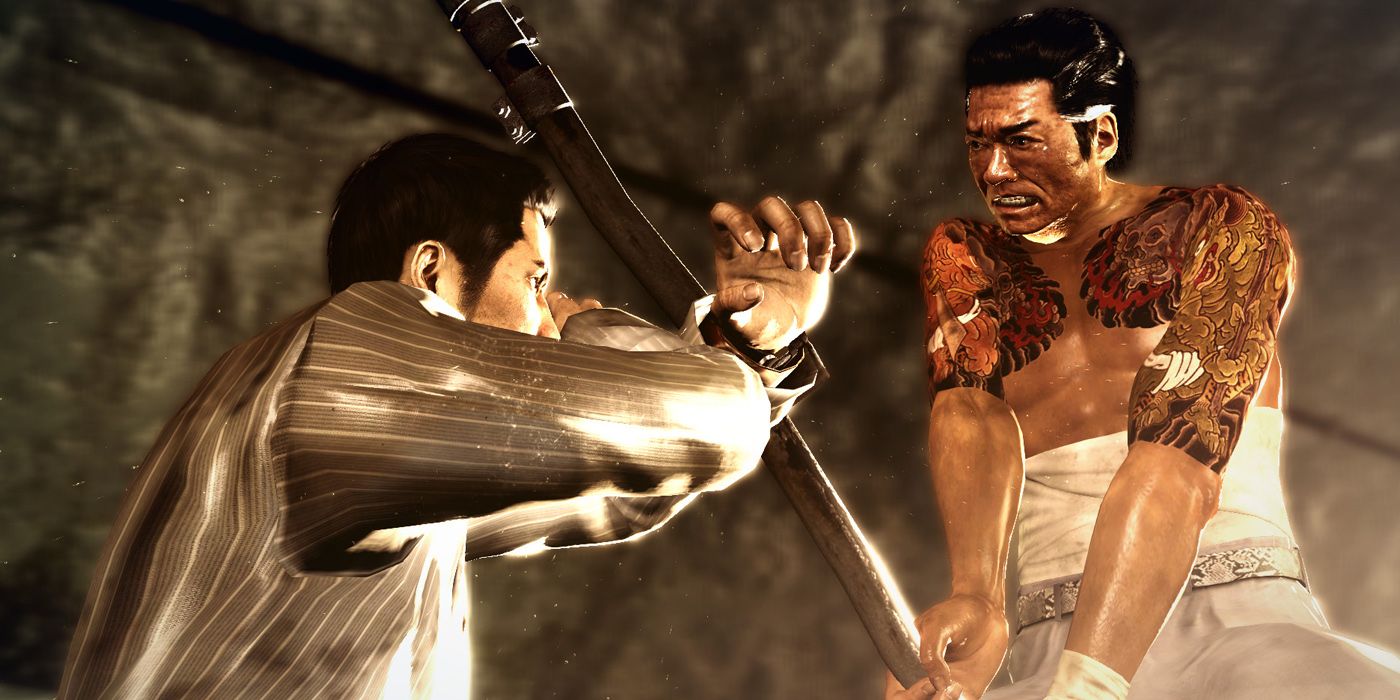It’s pretty safe to say that while prior mainline Yakuza titles and Yakuza: Like A Dragon are all entries in the same franchise, that last one is a very different sort of game than the rest. Obviously, the main characters are different, the story now focuses on Kasuga Ichiban, a new Tojo Clan superstar, rather than Kazuma Kiryu. But the biggest difference has to be the combat system.
What started as an April Fools joke by the developers at Ryu Ga Gotoku Studio eventually turned into an actuality. Instead of being an action-oriented beat ‘em up like previous games, Like a Dragon is a JRPG in the purest sense. It's not often a game series completely switches genres like that. So, what about this new system is more enjoyable than the old system? What doesn’t work? Let’s take a look and see.
10 Better: Much More Diversity Of Characters And Builds
In a standard Yakuza game, Kiryu is the character the camera is following most of the time. Sure, in Yakuza 4 onward, you get to take control of other protagonists such as Akiyama, Saejima, Majima, or Tanimura. But, for the most part, Kiryu is the personality you’ll get to experience for a large majority of the game. But, with Like a Dragon, the party system allows a larger main cast, and Ichiban is not the only character that shows up in most cutscenes anymore, which is honestly one of his better traits. This inherent diversity of different characters from different walks of life allows for more interesting scenes more types of combat, and more opportunities for dialog or new systems.
9 Worse: The Attacks Aren’t Nearly As Visceral
One of the stand-out mechanics in the Yakuza titles are the Heat Moves. Basically, it’s when Kiryu cashes in on his “heat” gauge in order to perform an insanely brutal move in the form of a cinematic that decimates enemy health. These are the moves you've probably seen GIFs of on social media where Kiryu is kicking knives into people, suplexing them into metal guard rails, or literally curb-stomping them. They’re so absurdly violent and over-the-top that the contrast between something nonsensical like Kiryu saying he doesn't kill then stabbing a guy is actually something people love about it. Now, in Like A Dragon, the replacement for these moves are the Skills that you can learn through the Job system. But, none of them are nearly as visceral or satisfying as Heat Moves, not by a long shot.
8 Better: Poundmates And Special Moves
Speaking of those Skills though, while they aren’t quite as enjoyable to watch as Heat Moves, they are a lot more versatile. Honestly, there are probably more cinematic attacks in Like a Dragon than any other game, they’re just spread out across all the party members and all the Jobs. And, the Poundmates system also contributes to that, which a mechanic where Kasuga literally summons a variety of allies (that he gets from fantastic Substories) from his phone such as a sumo wrestler, a dominatrix, and even a chicken. This summon system allows for more screen-time for many different characters, and it really adds a lot to the overall experience.
7 Worse: Less Control Of The Field
Here’s the thing about Yakuza Like a Dragon’s combat, it’s obviously more of a proof-of-concept than it is a fine-tuned system. As we said, the developers literally swerved into making it because of the positive reception an April Fools joke they made received. So, there are still quite a few bugs to figure out for this turn-based combat, one of which is the total lack of battlefield control.
During a fight, both Ichiban’s party and his opponents will move around from time to time. This means that they can unintentionally group up or spread out based on RNG. But, because we can’t control when enemies will move or where they’ll go, a lot of the AOE attacks feel like luck of the draw that you have no control over. Enemies spreading out like this still happened with the old combat system, but you could control Kiryu's placement before he attacks, which is what really mattered.
6 Better: A More Streamlined And Approachable System
Turn-based battles are easier to learn and adapt to that character action or beat ‘em up combat, at least on average. You don’t have to worry about split-second decisions or combo inputs in a turn-based game (usually), so it can appeal to a much larger gaming demographic. And, that’s exactly what Like a Dragon is, it’s the Yakuza game anyone can play, and that's why it brought so many new people to the franchise. Even the Skills, which are powered up by correctly completing the Quick-Time-Events, can be simplified by simply turning these QTEs off.
5 Worse: Not Nearly As Deep Of A System As Originals
That said, fighting games and character action games inherently have deeper systems overall than turn-based games. On the surface, a beat ‘em up boils down to punches, kicks, jumps, blocks, and maybe special moves. But, once you master all those, then you start to work on chaining punches and kicks together. Then, after that, you learn how to juggle enemies or when to use special moves. Basically, once you figure out one system, there’s another one hidden deeper within, which is exciting. You might hate the way older Yakuza games play, regardless, if you spent time with them you would be able to decimate hordes of Yakuza thugs without even trying eventually. By comparison, Like a Dragon’s system is sort of "what you see is what you get".
4 Better: There Isn’t Such A Huge Reliance On Healing Items
In older Yakuza games, Kiryu's pockets were constantly full of Staminan or Toughness Z bottles. Before every big encounter, you'd go eat at a restaurant, then find a vending machine or convenience store and buy at least five or more of these drinks. This was the main method of healing in the franchise, and while that's still possible in Like a Dragon, the Job system allows for healer-class characters for the first time ever. Don't get us wrong, you'll still end up with a never-ending list of random food and items in Like a Dragon, but you won't have to depend on it so heavily.
3 Worse: But There Is A Massive Dependency On AOE Attacks
This comes back around to the whole "no battlefield control" complaint, but the mid to end-game of Like a Dragon has such an absurd dependency on AOE Skills. Past a certain Job Rank, every character gets an "Essence of" skill that is more often than not, an AOE attack.
And, if you don't know when enemies are going to split up or move around, it's no wonder you'd choose to rely on these "Essence of " attacks so often. But, that oversight ended up making each fight in the late-game feel excessively pointless or repetitive.
2 Better: It’s Easier To Grind Levels
The process of grinding levels, currency, or items in the older Yakuza games will vary from title to title. In some, it was as easy as getting good enough to take on Mr. Shakedown over and over. While, in other games, grinding felt like a slog of fighting the same copy-pasted goons over and over again. While Like a Dragon does suffer from having repetitive battles after a while, the grind is much easier by comparison. Especially once you open up the post-game optional dungeon since that place is a goldmine of EXP, materials, and money.
1 Worse: But That Grind Isn’t As Enjoyable As It Used To Be
Finally, while Like a Dragon might have an easier way for you to get Ichiban’s crew to max level, it’s not nearly as enjoyable from a gameplay standpoint. In the late-game of Like a Dragon, most battles just boil down to everyone using their “Essence of” attacks to hit every enemy at once. Meanwhile, in classic Yakuza titles, a lot of the grinding relies on exploring the complexities of its combat system, using different attacks and heat moves in each battle, and still getting your butt kicked from time to time. They’re both repetitive, there’s no doubt, but classic Yakuza combat was just fun from moment to moment.

